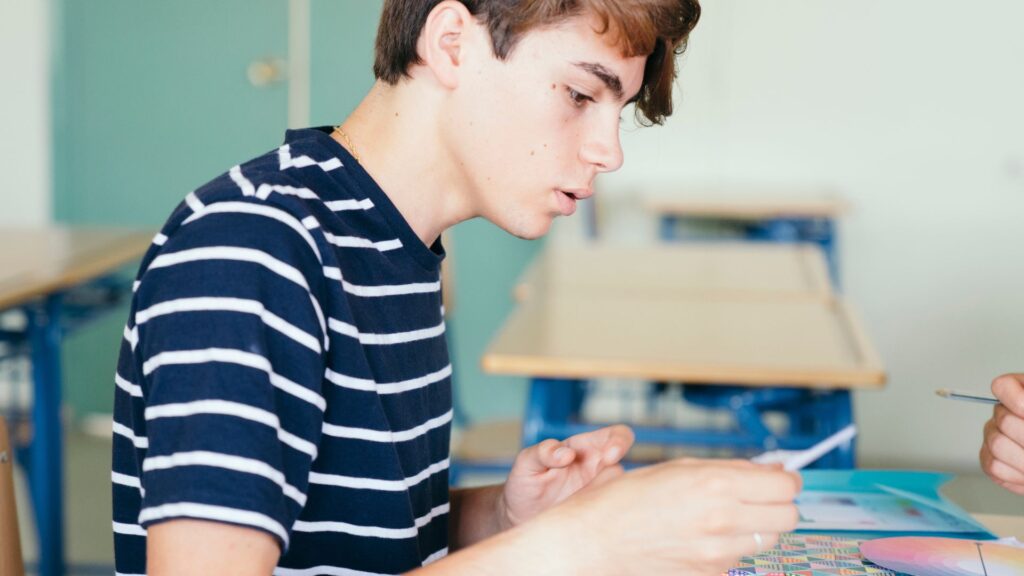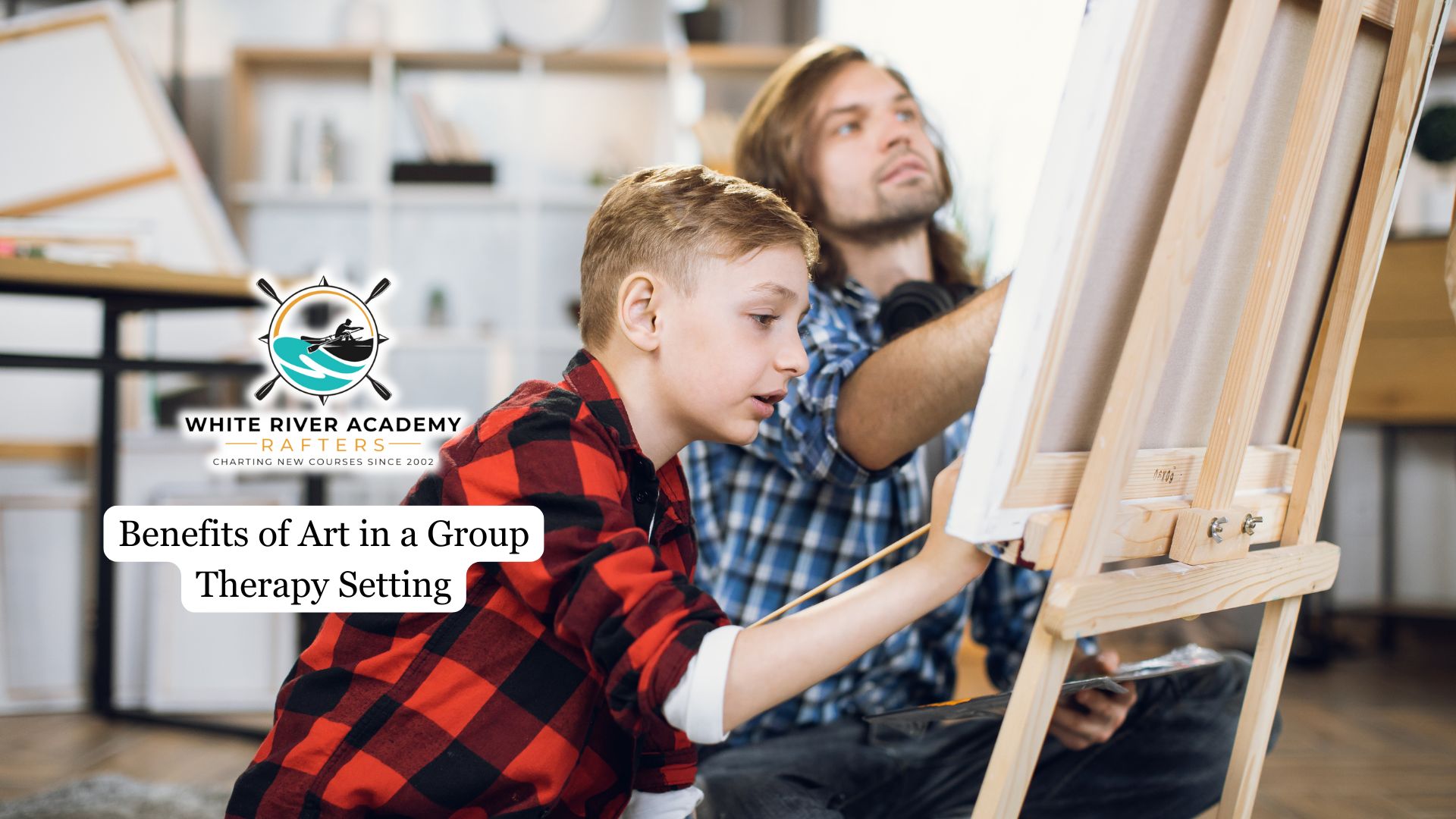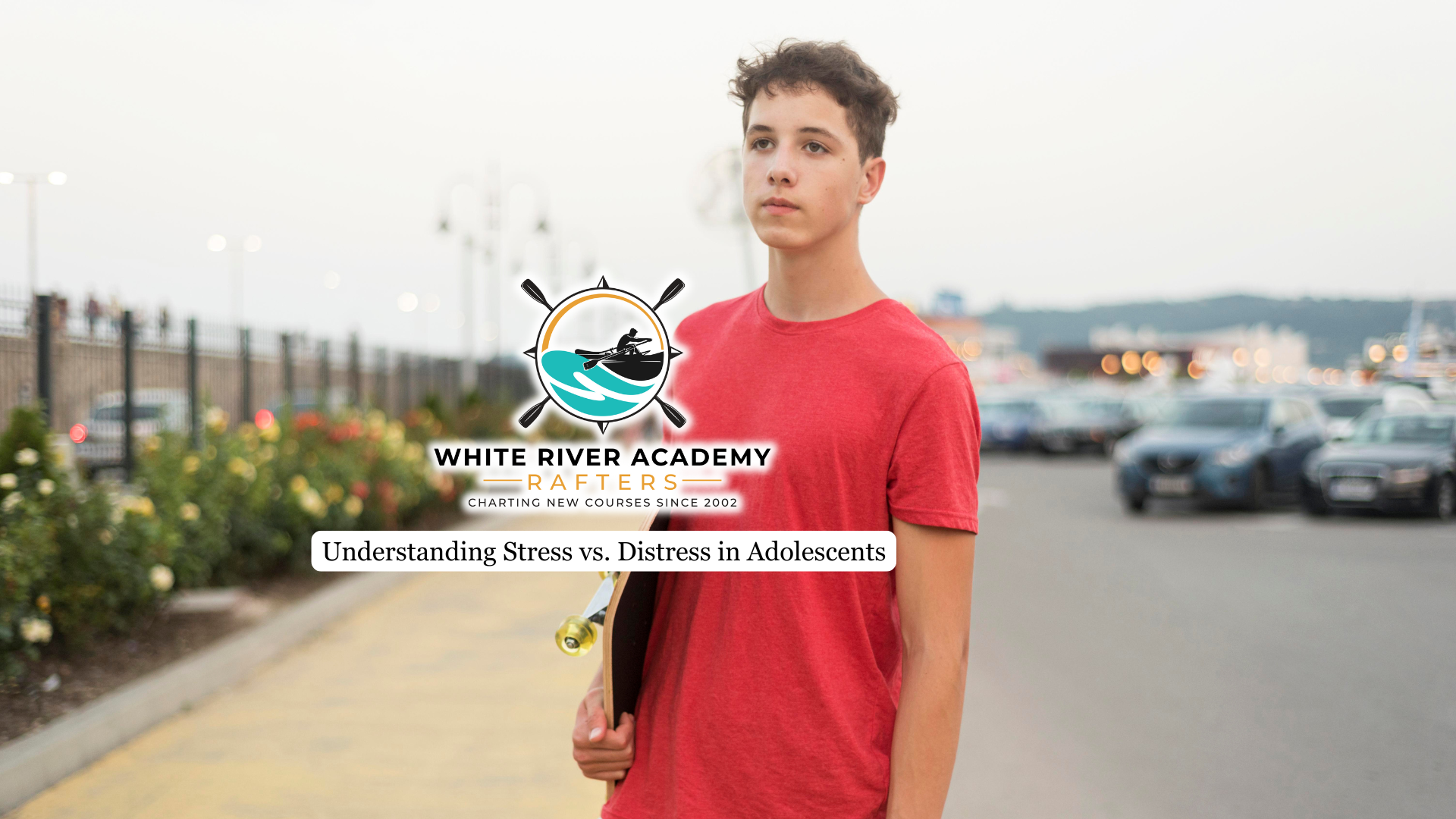Integrating art into group therapy settings offers a wide range of benefits that go beyond traditional talk therapy methods. This innovative approach taps into the therapeutic potential of artistic creation, fostering emotional growth, self-discovery, and interpersonal connection among participants.
In this article, we will explore the multifaceted advantages of incorporating art therapy into group settings, examining how this approach enhances emotional regulation, promotes social skills, and facilitates deeper self-awareness among participants.
Enhancing Emotional Expression
Art therapy groups provide a powerful outlet for emotional expression, allowing you to communicate complex thoughts and feelings that may be difficult to put into words.
As you engage in the creative process, you’ll find yourself becoming more attuned to your emotions, gaining valuable insights into your inner world. The supportive environment of group art therapy fosters a sense of safety and acceptance, encouraging you to explore and express your feelings openly.
Through the dynamics of the group, you’ll discover that you’re not alone in your struggles, as others share similar experiences and emotions. This shared understanding creates a strong bond among participants, enhancing the therapeutic benefits of emotional expression.
By incorporating art therapy into our treatment programs at White River Academy, we expand the tools available to young men. This helps them develop healthy coping mechanisms and fosters resilience that will serve them well beyond their time at the academy.
Promoting Group Cohesion
By engaging in collaborative projects, you’ll strengthen bonds with your peers, building trust and empathy through shared experiences. The act of creating art together encourages open communication, allowing you to convey emotions and ideas in a non-verbal manner.
This creative expression not only enhances self-awareness but also promotes a deep sense of community within the group. As you work side by side, you’ll discover the power of art in forging meaningful relationships and cultivating a sense of belonging.
Reducing Isolation and Loneliness
When you participate in group art therapy, you’ll find that the creative process helps reduce these feelings by fostering a sense of connection and belonging among participants.
You’ll have the opportunity to share your experiences and feelings through art-making, which can be a powerful way to express yourself without relying solely on words.
During group therapy sessions, you’ll engage in collaborative art projects that promote a sense of community and mutual support. As you work together with others, you’ll witness and empathize with their struggles, reducing the stigma often associated with mental health challenges.
Research shows that participation in group art therapy can lead to a 75% improvement in self-regulation among children with behavioral issues, which can alleviate feelings of loneliness.
Here you can learn how young men can benefit from attending a boarding school for personal development
Facilitating Communication and Connection
Art therapy in group settings gives you a powerful non-verbal way to express your complex feelings, enhancing emotional communication and connection with others.
Expressing your feelings visually through art can facilitate deeper conversations, enabling you and other participants to navigate and process emotions collectively. This leads to enhanced understanding and support within the group.
Discussions following art-making sessions provide opportunities to reflect on your experiences, offer constructive feedback, and form deeper connections through shared artistic interpretations.
Engaging in art therapy as a group promotes emotional communication, empathy, and a sense of belonging. It breaks down barriers, encouraging you to open up and connect with others on a profound level.

Enriching the Therapeutic Process
Group art therapy provides a unique opportunity to engage in collaborative projects that foster a sense of belonging and connection with others who share similar experiences. As you work alongside your peers, you’ll find yourself more invested in the healing process, with the art therapist guiding you through activities designed to help you communicate your thoughts and feelings in a non-verbal manner.
The act of creating art within a group setting can lead to a profound sense of accomplishment, as you witness your own growth and the progress of those around you. This shared experience enhances self-esteem and promotes feelings of pride in your ability to express yourself creatively.
Here we have gathered more information about the positive impact of recreational therapy activities on young men’s mental health.
Final Thoughts from White River Academy
At White River Academy, we remain dedicated to offering comprehensive and innovative therapeutic approaches that address the specific needs of each young man under our care. Incorporating art therapy into our group sessions has proven to be an invaluable tool in helping our residents navigate their emotional landscapes and foster personal growth. The creative process provides a unique avenue for self-expression, allowing the young men to communicate complex feelings and experiences that may be difficult to put into words.




